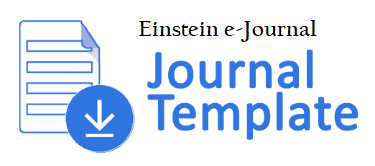2D Resistivity Method to Determine the Groundwater Zone for Agricultural use in Perlis, Malaysia
Abstract
The efficiency of the use of water in Malaysia is very low ( 40 to 50 percent) and in order to take the advantage from during floody the irrigation system designed as open system. In this study, groundwater is suggested to supplement as an alternative source of water for irrigation. In Malaysia only less than 2% of the present water used is developed from groundwater. In order to determine the existence of usable groundwater, 2D resistivity imaging is used. This method is the most commonly method that been used for groundwater exploration. The groundwater found is used for irrigation purposes. The arrays used in this study are Wenner Schlumberger and Pole dipole. The results of the study showed that there is an aquifer. The water filled cavity occurred in an isolated manner at an approximate depth of 7.7 m. It was further observed that the cavity did not allow the harnessing of this resource to the fullest capacity. At a depth of 5 m there is bedrock and from a depth of 27 to 30 m there is a fractured zone. This is indicating that fractured zone in this area has occurrence of groundwater. Groundwater is already detectable at a depth of 15 to 18 meters.
Full Text:
PDFDOI: https://doi.org/10.24114/einstein.v1i1.5056
Article Metrics
Abstract view : 147 timesPDF - 105 times
Refbacks
- There are currently no refbacks.










